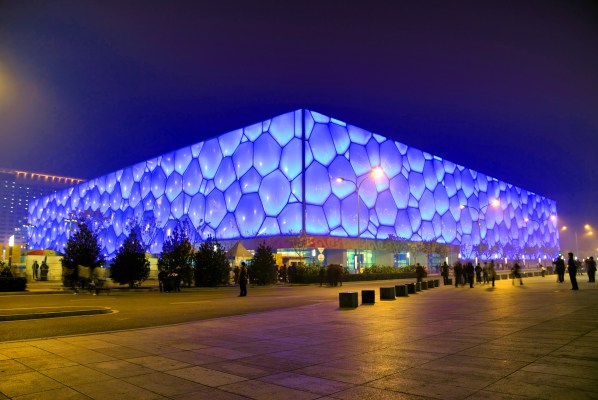Editor’s note: Bob Pascal oversees the global business development, marketing and communications functions for event hospitality company Centerplate.
This year’s Super Bowl had 114.4 million viewers, making it the most-watched TV broadcast in history; television has clearly mastered the art of broadcasting sports games for the comfort of the living room.
While the high TV ratings across all sports are great, team owners are increasingly adapting to, and investing heavily in, creating the best possible game-day environments, so their in-stadium product continues to be as good or better than what Samsung, Sharp and Vizio provide in the living room.
This “golden age” of stadium hospitality has now brought us bigger flat screen jumbotrons, field level swimming pools, fantasy football lounges and enhanced Wi-Fi networks, with more and more innovation coming in 2015 and beyond. These changes are making sure that game day at the stadium carries entertainment value beyond the confines of the action on the field, adding a worthwhile experience to every ticket.
The pace of innovation at stadium venues is reinventing what we know as the stadium experience. In addition to quality food options and breakthroughs in stadium design, in-stadium technology is playing a huge role in the battle against HD TVs and cable TV game day packages.
Rather than fighting an either-or battle against technology, live event venues are increasingly seeing the additive benefits of emerging technologies. The same features and devices once seen as threatening to in-person presence at live events are becoming the keys to unlocking an even greater venue experience when integrated on-site.
So what can we expect in the future? Well, here are four examples of technologies that give the live event an early lead in 2015.
Wireless networks. First, high-density wireless networks are becoming more commonplace, as stadiums increasingly need more than just a standard router to handle the universal use of smartphones by today’s fans. So, companies like IBM, Cisco and CDW are creating enhanced wireless networks with heightened bandwidth to handle the onslaught of social activity. CDW’s high-density networks increased bandwidth tenfold at the Super Bowl.
This modern technology allows fans to check fantasy football scores, share pictures, redeem a seat upgrade and order a sandwich with a cold drink from their seat.
High-tech stadiums. New-age stadiums will also continue to unveil their own proprietary apps and technology systems in the coming years. The venue-specific, context-aware apps offer such features as food and drink delivery to seats, seat finders and the current status of bathroom/concession lines, all delivered straight to the fan’s phone.
The new platforms can change the way major events are handled, from sporting events to political party conventions.
Cashless payments and paperless tickets. In the same light, cashless payments and paperless tickets will become standard across all types of events. Trips to the ATM have become less frequent, and consumers increasingly want to pay with plastic or their mobile phones. During last year’s World Series, the Kansas City Royals and San Francisco Giants (a Centerplate client) became the first professional sports venues to roll out Apple Pay capabilities, and even the PGA Tour is now doing the same.
Paperless, “loaded” tickets will also continue to proliferate, like the ones offered by the New York Jets at MetLife Stadium, in which fans who show up regularly and behave properly can reap high-end rewards such as Super Bowl tickets or a trip to a road game on the team plane, all from wallet-sized smart cards.
Drone tech. Lastly, drone technology is an innovation to keep an eye on. Teams like the Sacramento Kings are beginning to explore the usage of drones for their new arenas as a means to survey available parking spaces and provide unique in-arena camera angles.
When it comes down to it, being at the game live isn’t about having the best seat or the nicest suite. It’s about having an emotional experience, from the gate to game. If real life is the ultimate HD experience, look to new developments in technology to augment that reality.
